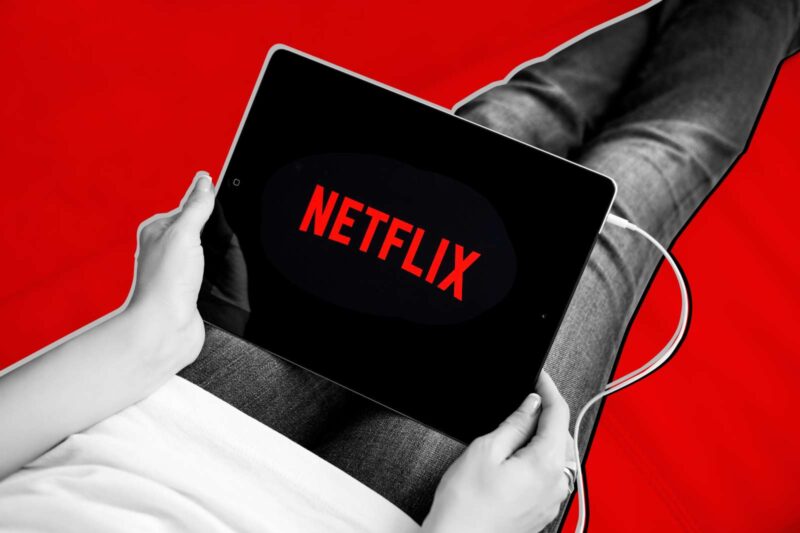Why and how digital advertising can become smarter and greener
The notion of corporate social responsibility has nobly led most large-scale brands to adopt ‘green’ policies, yet many of these same brands continue to engage one of the world’s most unsustainable practices: advertising.
The internet accounts for 10% of the world’s energy consumption, with digital advertising a significant contributor therein. In fact, a single digital advertising campaign creates as much environmental impact as what a regular consumer is capable of producing in a full year (i.e., 5.4 tonnes of carbon dioxide). It gets worse – advertising contributes to the energy and power we as consumers are responsible for, though we have very little say in the matter. Far from our environmental saviour expressions like “think green, keep it on the screen” would have you believe, it would appear digital is “not the messiah, he’s a very naughty boy”.
Evidently, none of this is good nor sustainable. But, on the other hand, advertising is unlikely to go away any time soon. There are ways to work smarter, not harder, to ensure that advertising paid for is value received. So, let’s take a look at some of the steps brands have taken to maximise their advertising efficiency, while minimising their environmental impact at the same time.
Reduce advertising data loads
A simple step brands can take to curbing environmental emissions while retaining value is to reduce the total number of ads being displayed to consumers, as well as their durations. For instance, a 15-second video accounts for 80% of the recall and likeability scores of a 30-second advertisement, at almost half the media cost. Given this, the question brands should be asking themselves is – what is the strategic value of those 15 seconds? And are they worth the price premium?
Similarly, brands can play with various video and image compression techniques to minimise file sizes (without compromising visual integrity or clarity) with the goal to reduce total emissions, both from the perspective of the power required to serve the ad as well as what is consumed when loading the ad.
Invest in audience attention
In addition to some simple steps to reduce the amount of outbound/inbound advertising data, a growing number of brands have begun turning their attention towards the metrics upon which advertising is bought and sold, choosing to ignore ‘simpler’ credentials like time-in-view for more specific, transparent metrics of engagement, one of them being attention.

Above all else, advertising is designed to get customers’ attention. Without attention, advertising cannot hope to have any impact. That said, not all attention is created equal. It’s no secret that it’s harder than ever to engage audiences, and it’s a verified truth that ‘on-screen’ attention does not always equate to full attention. From a brand’s perspective, how can you be sure that the ad you’ve paid for has properly been seen? Enter attention metrics.
Attention metrics are one way to measure the quality of online advertising impressions by using eye-tracking to measure customers’ visual attention in real-time. Scary? Perhaps. Effective? Certainly.
Compared to similar standards (i.e., viewability), attention metrics can give brands greater confidence that their ad was seen by real-human eyes, rather than relying on a set threshold of ‘seconds-in-view’, which may or may not capture a real exposure. Although this standard may come at a higher cost, its real value may lie in the transparency of the insights it produces.
Use different forms of advertising, together
Like attention, not all advertising is equal. When we think of advertising, ‘Display’ advertising is arguably what might first come to mind. For this style of advertising, an image or video is typically displayed to a user of a website, app or service while in the process of browsing. Display advertising can increase time spent on a website by up to 50% following an exposure.
What’s more is that display advertising often encourages a growth in search-related activity, another advertising outlet for brands. Unlike display advertising, this may come in the form of suggested websites or promoted links. In this sense, brands who can leverage these insights will be in a better position to deploy an optimal mix of creative, channel and scheduling to maximise single- and multi-channel engagement. Altogether, this means that brands can reap the benefits of multi-channel advertising for a significantly reduced media spend, all the while lessening its environmental impact.
Consider when and why to use hyper-segmentation
Hyper-segmentation or targeted marketed (as its colloquially known), is a popular marketing approach which prioritises selling brands, products and services to specific consumers, based on anything from their search history and online behaviour to demographic profiling. I’m sure we’ve all had the experience where Google seems to know just a little bit too much about us, and this is set to grow in 2023, with research to suggest that targeted marketing is capable of generating online conversation rates some 16 times higher than other approaches.
Yet, for all its popularity in the modern marketing world, there are other perspectives as to whether such an approach is even effective, with compelling evidence to support. Following from the work of famed marketing professor Andrew Ehrenberg, a recent study by Adgile shows that segment-based targeting actually performs worse than does simple broad, mass targeting. The reason for this is that the segmented targeting group are often more likely to already be customers of the brand, if not buyers loyal to other brands. From this perspective, it would be wise to consider the merits of ‘preaching to the choir’ against the costs of doing so, both financially and environmentally.
When approaching your next advertising campaign, consider the role that your advertising is playing, both in terms of effectiveness as well as environmental impact. There are ways to get our ads working smarter, not harder, and that goes double for the planet.




